Primocane Vs. Floricane – Distinguishing Between Primocanes And Floricanes
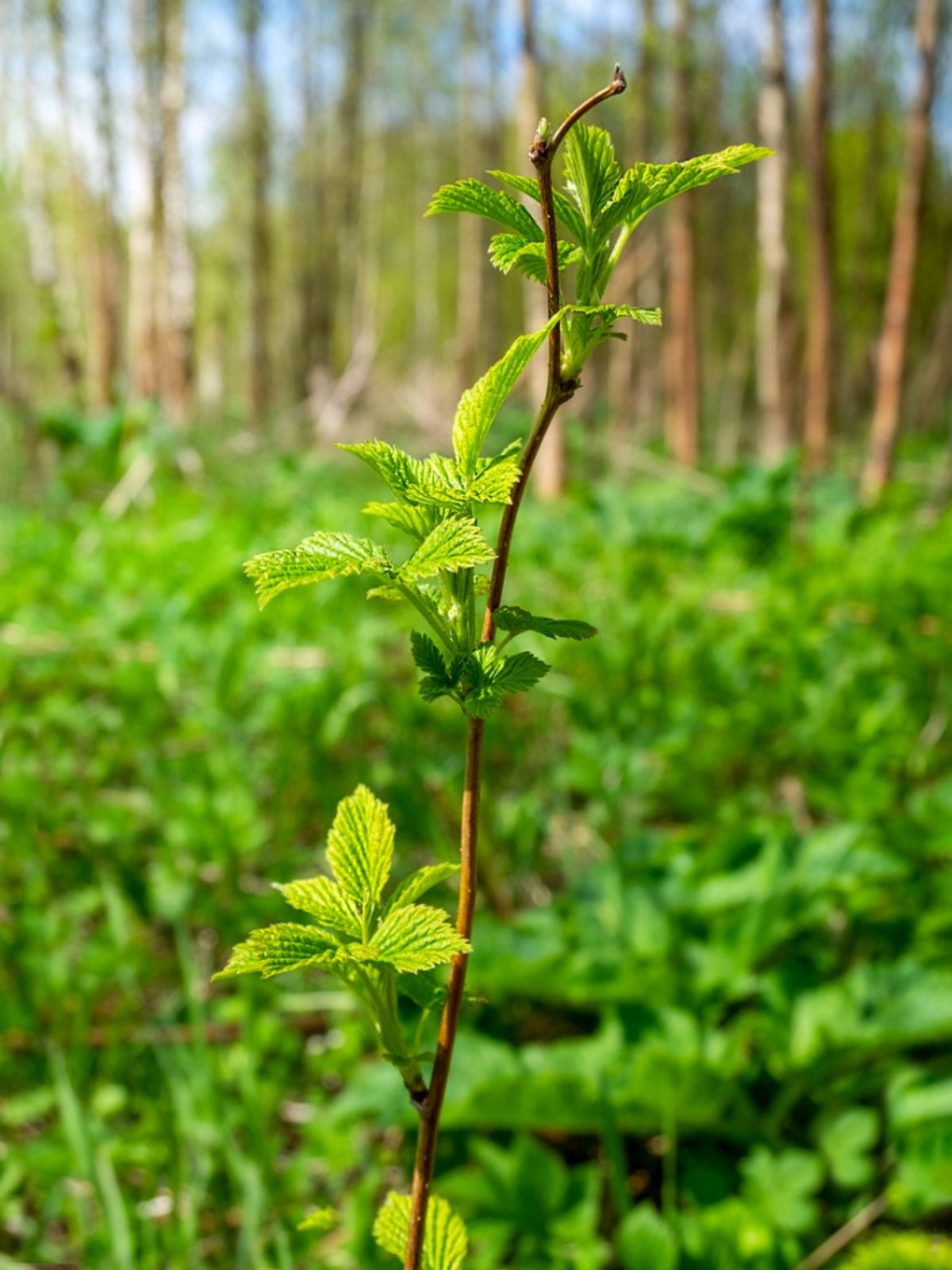

Caneberries, or brambles, like blackberries and raspberries, are fun and easy to grow and provide a great harvest of delicious summer fruit. To manage your caneberries well though, you need to know the difference between the canes that are called primocanes and those that are called floricanes. This will help you prune and harvest for maximum yield and plant health.
What are Floricanes and Primocanes?
Blackberries and raspberries have roots and crowns that are perennial, but the life cycle of the canes is just two years. The first year in the cycle is when the primocanes grow. The following season there will be floricanes. The primocane growth is vegetative, while the floricane growth produces fruit and then dies back so the cycle can start again. Established caneberries have both types of growth every year.
Primocane vs. Floricane Varieties
Most varieties of blackberries and raspberries are floricane fruiting, or summer-bearing, which means they produce berries only on the second year growth, the floricanes. The fruit appears in early to midsummer. Primocane varieties are also known as fall-bearing or ever-bearing plants. Ever-bearing varieties produce fruit on the floricanes in the summer, but they also produce fruit on the primocanes. The primocane fruiting occurs at the tips in early fall or late summer in the first year. They will then produce fruit lower on the primocanes the following year in early summer. If you are growing this type of berry, it is best to sacrifice the early summer crop by pruning back primocanes after they produce in the fall. Cut them down close to the ground and you’ll get fewer but better quality berries the following year.
How to Tell a Floricane from a Primocane
Distinguishing between primocanes and floricanes is often easy, but it depends on the variety and degree of growth. Generally, the primocanes are thicker, fleshy, and green, while the second year growth floricanes turn woody and brown before dying back. Other primocane and floricane differences include when fruit appear on them. Floricanes should have a lot of still-green berries in spring, while primocanes will have no fruit. The floricanes have shorter internodes, the spaces between leaves on the cane. They have three leaflets per compound leaf, while the primocanes have five leaflets and longer internodes. Easily distinguishing between primocanes and floricanes takes a little practice, but once you see the differences you won’t forget them.
Gardening tips, videos, info and more delivered right to your inbox!
Sign up for the Gardening Know How newsletter today and receive a free copy of our e-book "How to Grow Delicious Tomatoes".

Mary Ellen Ellis has been gardening for over 20 years. With degrees in Chemistry and Biology, Mary Ellen's specialties are flowers, native plants, and herbs.
-
 12 Mother’s Day Garden Gifts That Celebrate Moms Who Love To Grow
12 Mother’s Day Garden Gifts That Celebrate Moms Who Love To GrowAll Moms deserve to feel special on Mother’s Day, so treat her to a thoughtful gardening gift that helps her get the most out of her hobby.
By Melanie Griffiths
-
 Never Plant Seedlings Until They Pass These 3 Simple Tests
Never Plant Seedlings Until They Pass These 3 Simple TestsDon't be over-eager to transplant seedlings into the garden before they are ready. These quick and easy checks will help ensure flourishing plants.
By Mary Ellen Ellis
-
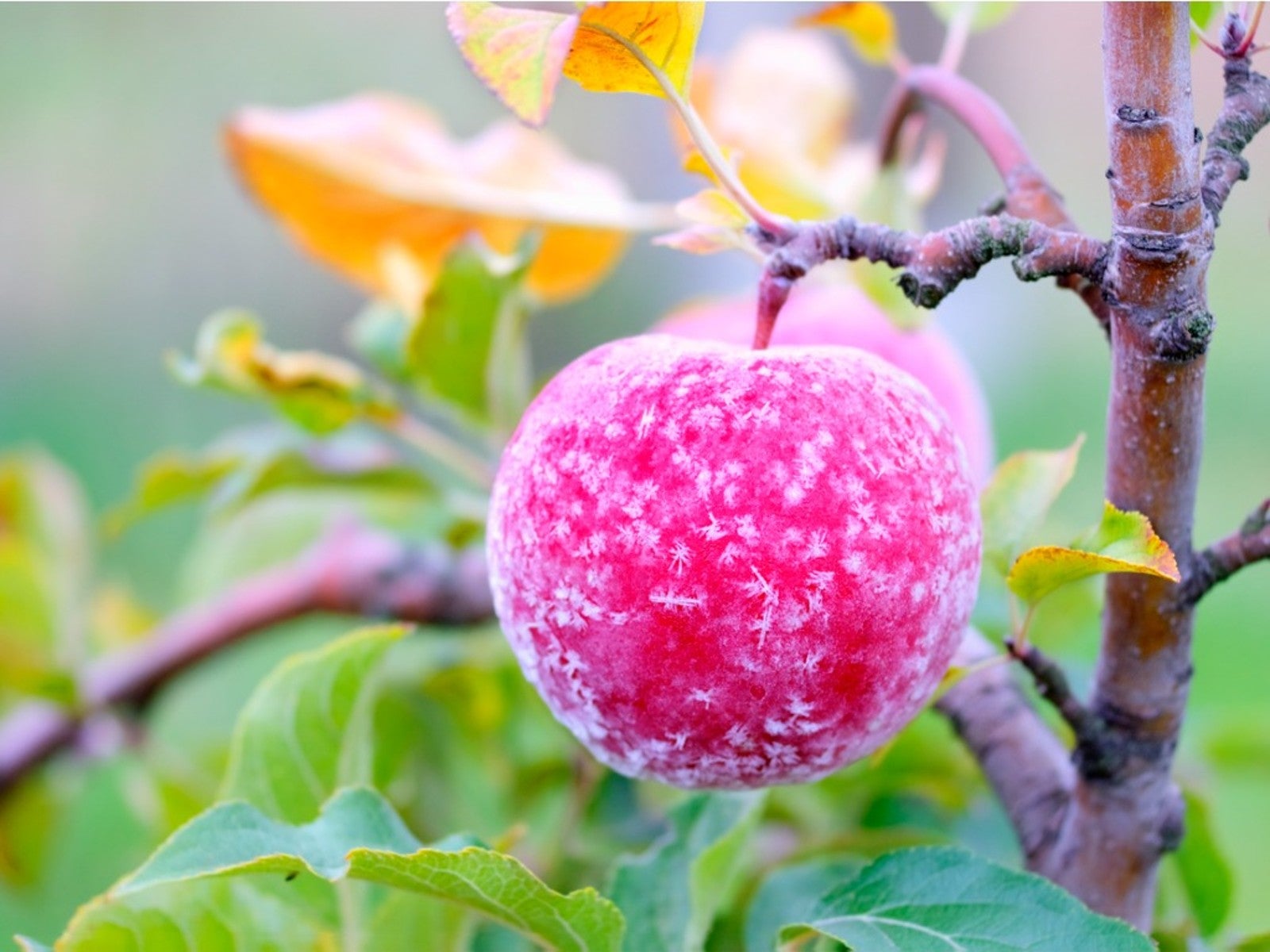 How To Protect Fruit Trees From Frost And Freeze
How To Protect Fruit Trees From Frost And FreezeChoosing fruit trees appropriate for your growing zone is best, but you still may need to protect them from extreme cold. Read how.
By Bonnie L. Grant
-
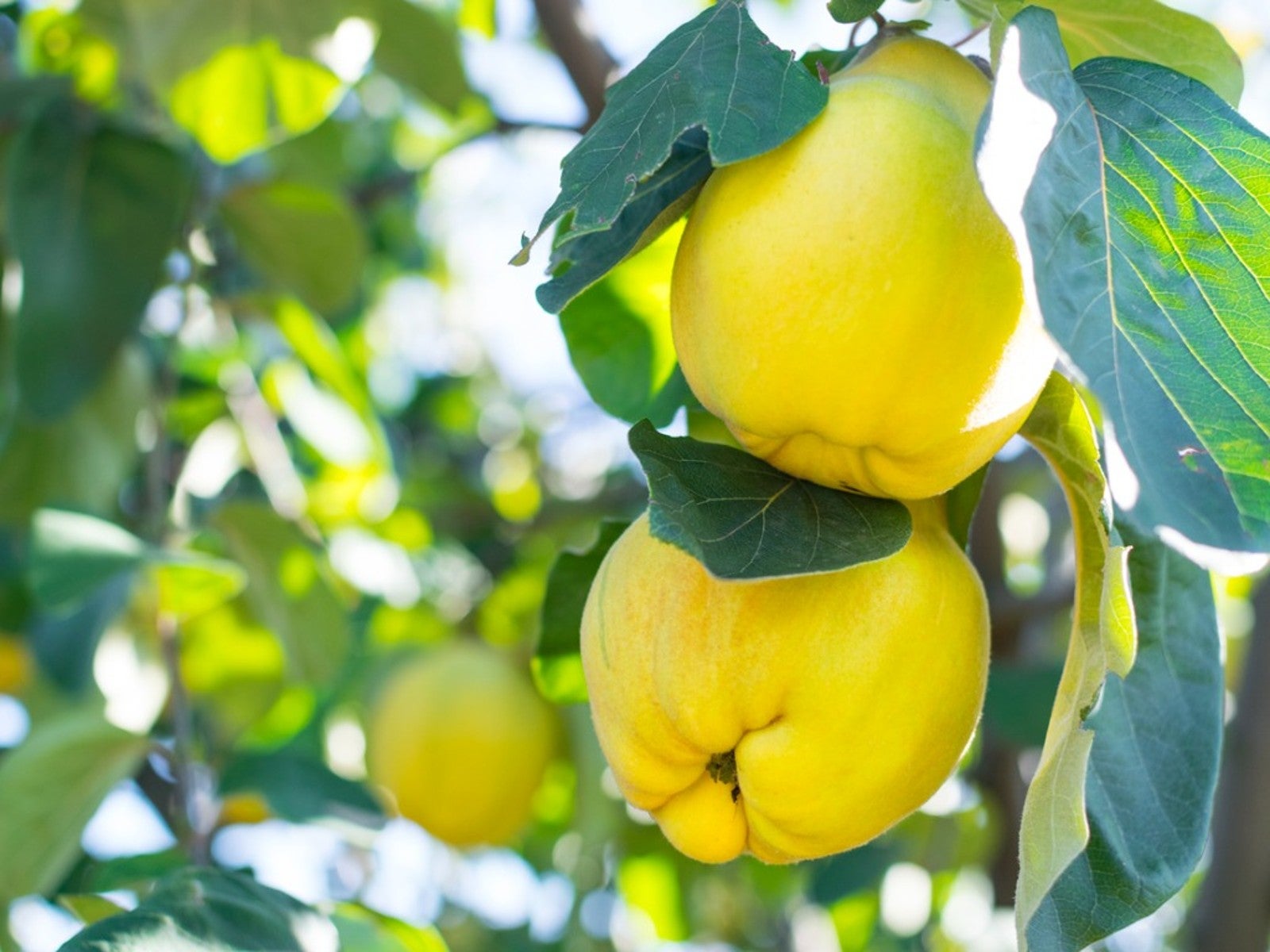 Best Plants For Late Summer and Fall Fruit Harvest
Best Plants For Late Summer and Fall Fruit HarvestEven if you don’t have the optimal conditions for more common fruit trees, there are other end of summer fruits to enjoy.
By Teo Spengler
-
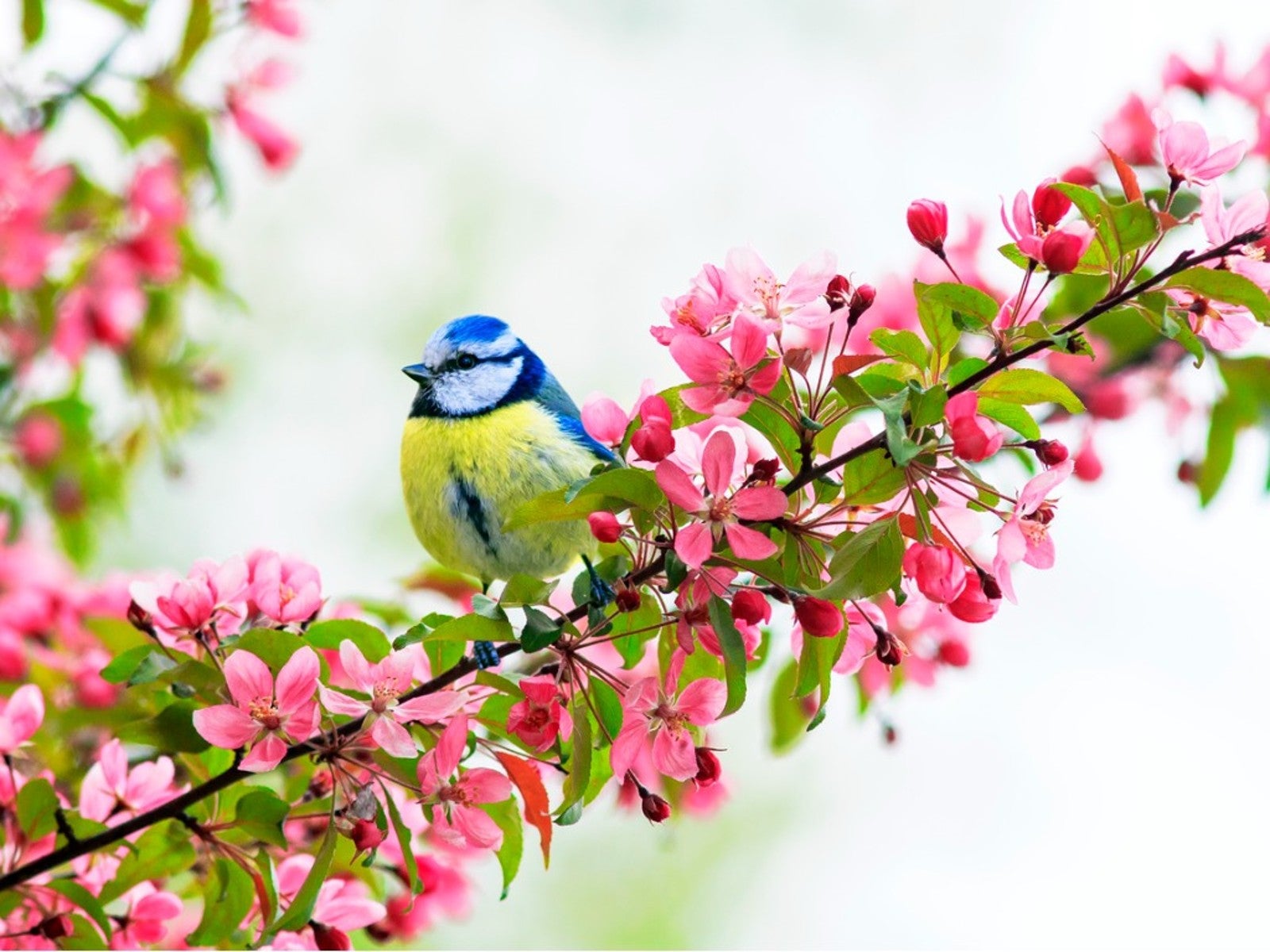 Best Native Fruit Trees To Support Wildlife
Best Native Fruit Trees To Support WildlifeIf you want trees that will attract and feed wildlife, learn the best kinds of edible fruit and nut trees to plant for inviting specific creatures.
By Teo Spengler
-
 Orange Fruit Varieties: Growing Fruits That Are Orange
Orange Fruit Varieties: Growing Fruits That Are OrangeOrange colored fruit isn’t limited to the citrus orange. There are plenty of other orange colored fruit varieties, each packing a healthful punch. Read on for more.
By Amy Grant
-
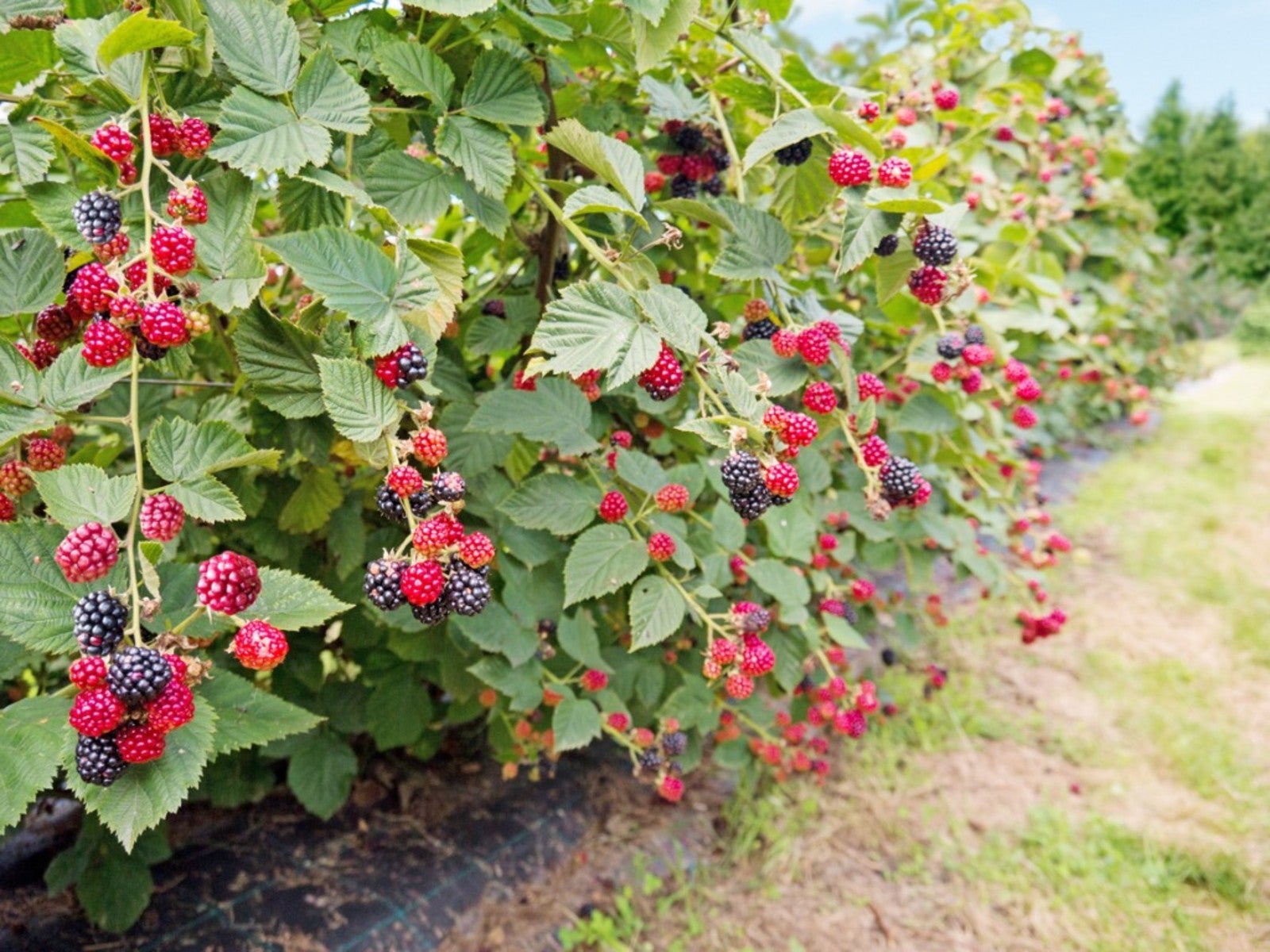 Everbearing Plants: Learn About Everbearing Varieties Of Fruit
Everbearing Plants: Learn About Everbearing Varieties Of FruitWhat does everbearing mean? And more importantly, how do everbearing varieties differ from non-everbearing types? Read on for more.
By Laura Miller
-
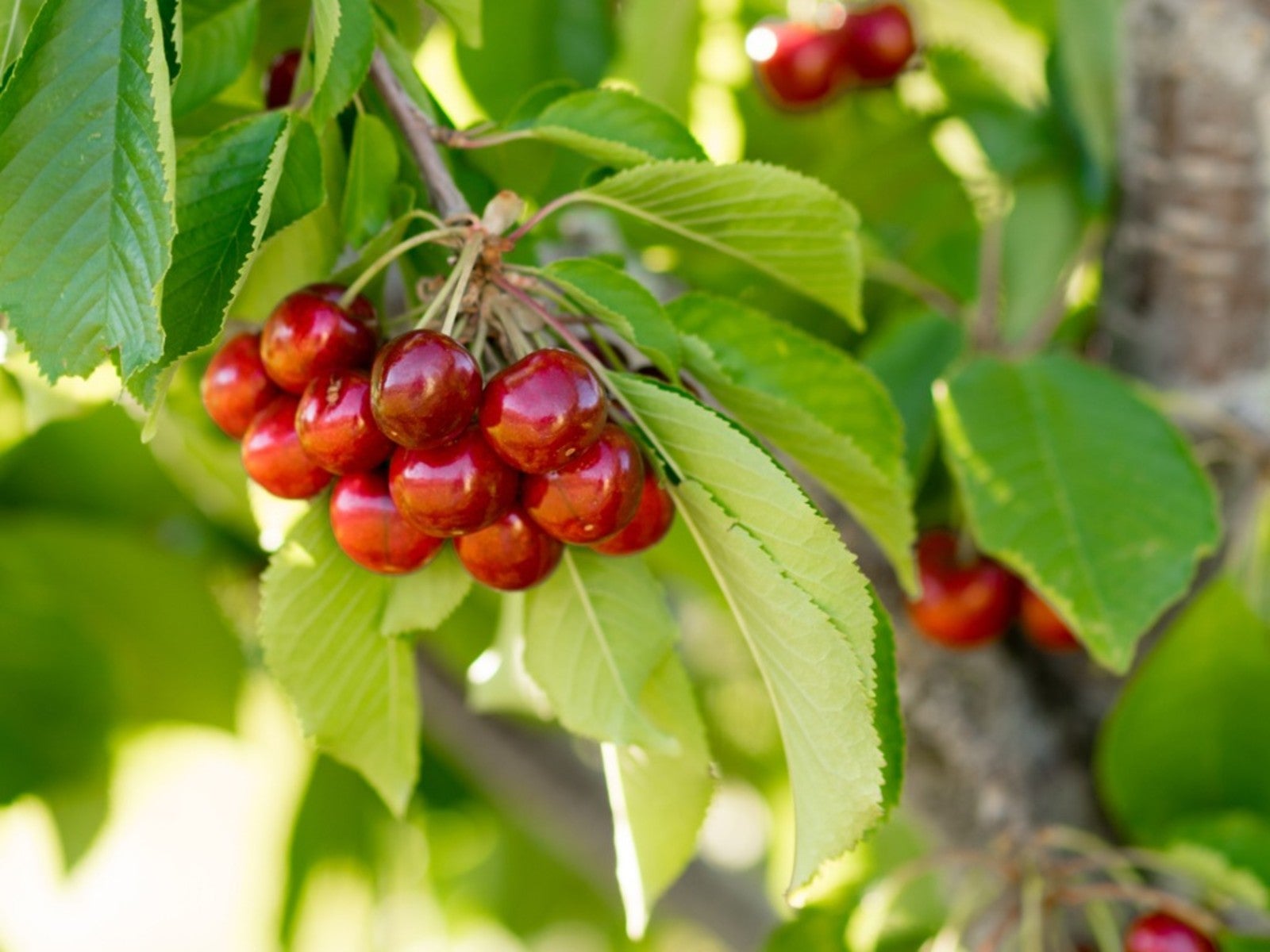 Plant A Red Fruit Garden: Growing Fruits With Red Flesh
Plant A Red Fruit Garden: Growing Fruits With Red FleshPlanting a red fruit garden may seem a bit whimsical. That is, until you realize the health benefits of consuming fruits with red flesh.
By Laura Miller
-
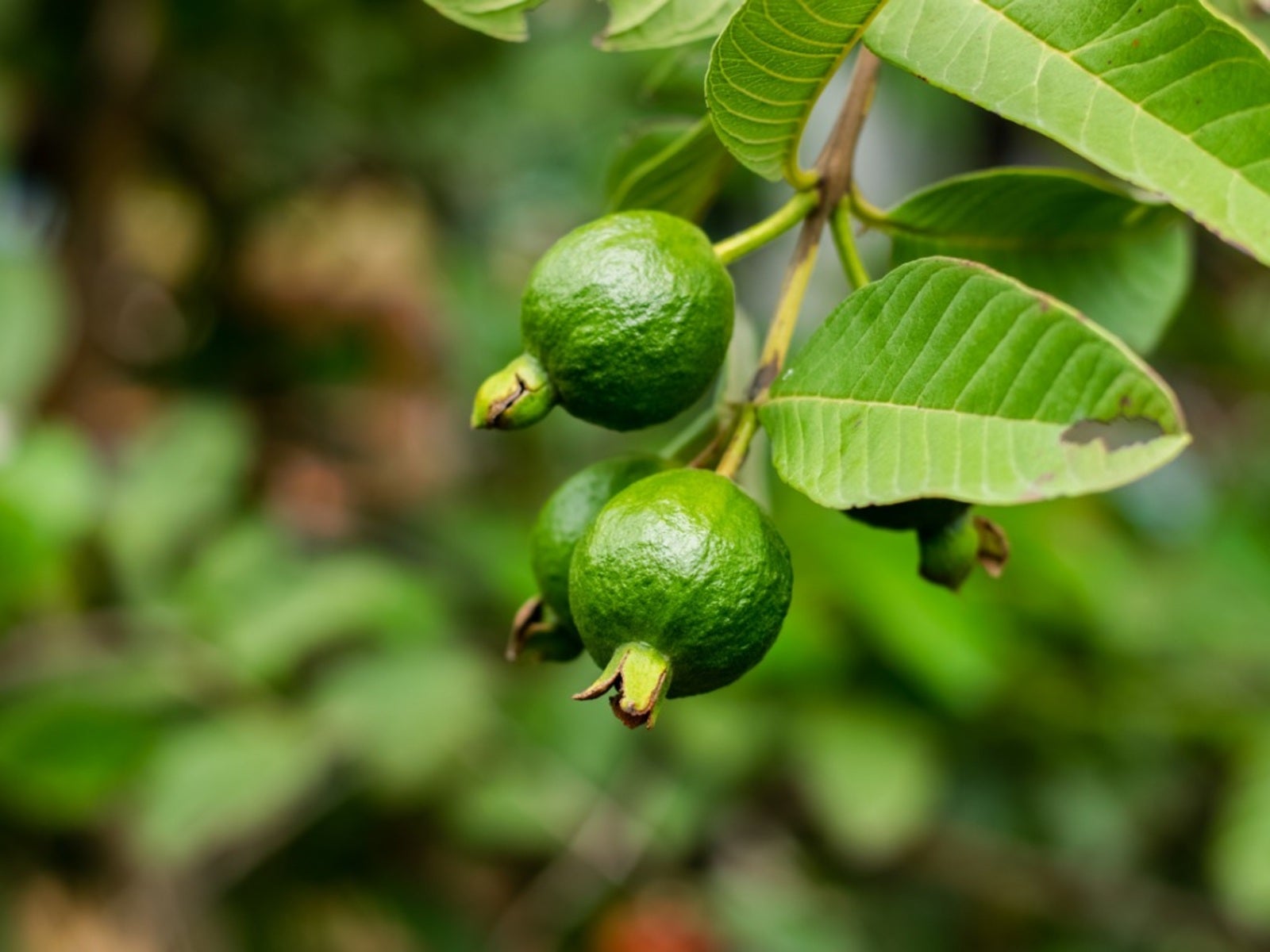 Heat Tolerant Fruits - Growing Fruit In Hot Weather
Heat Tolerant Fruits - Growing Fruit In Hot WeatherSome fruit grows in extreme heat naturally. But there are also specially cultivated, heat-tolerant varieties. For more information on heat tolerant fruits, read on.
By Teo Spengler
-
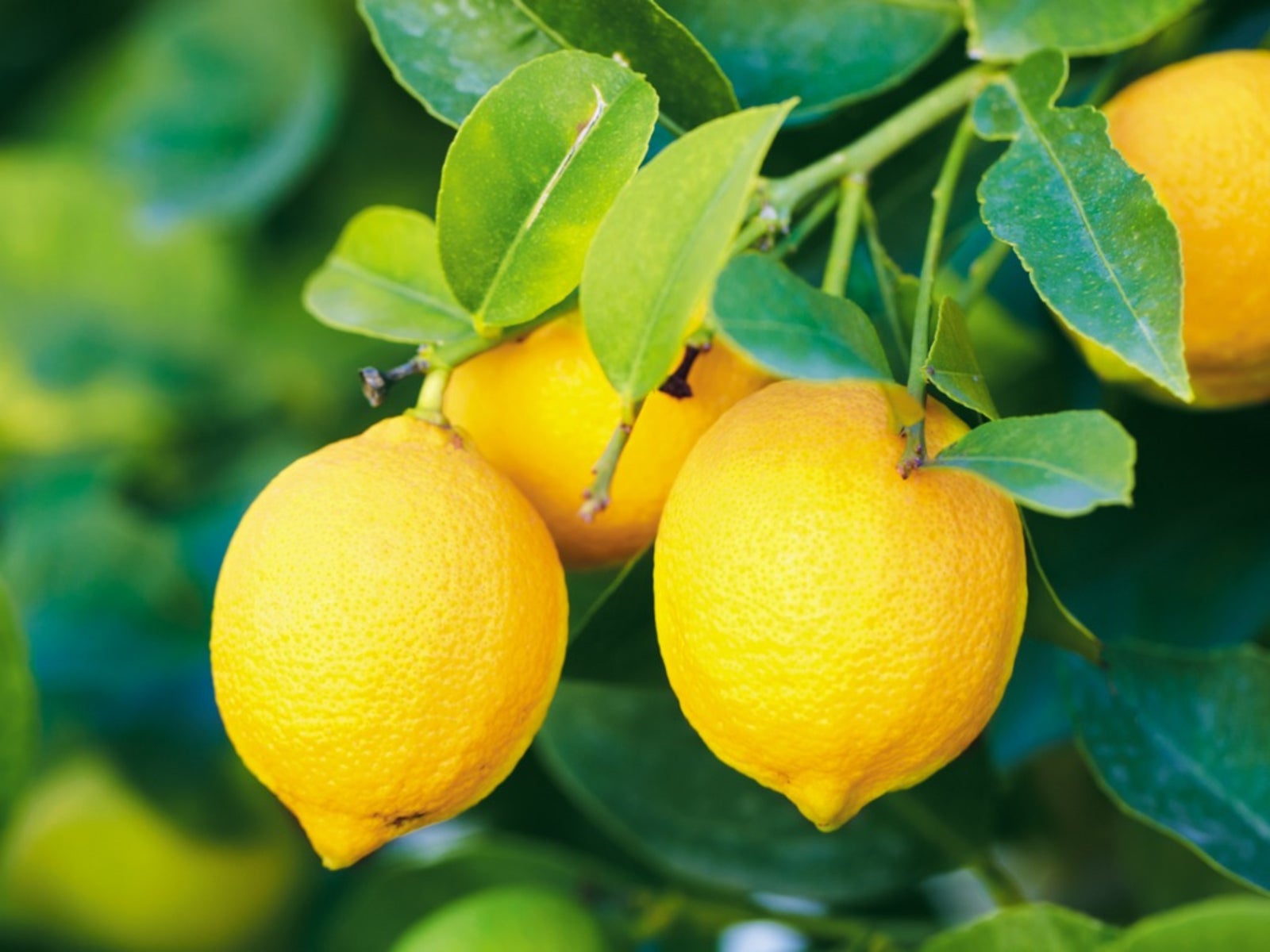 Yellow Fruit Varieties - Growing Fruit That Is Yellow
Yellow Fruit Varieties - Growing Fruit That Is YellowWhat fruit is yellow? There's more than the bananas at the supermarket. Try growing yellow fruit for a consistent supply of sunny food.
By Bonnie L. Grant